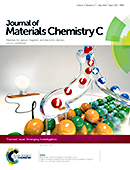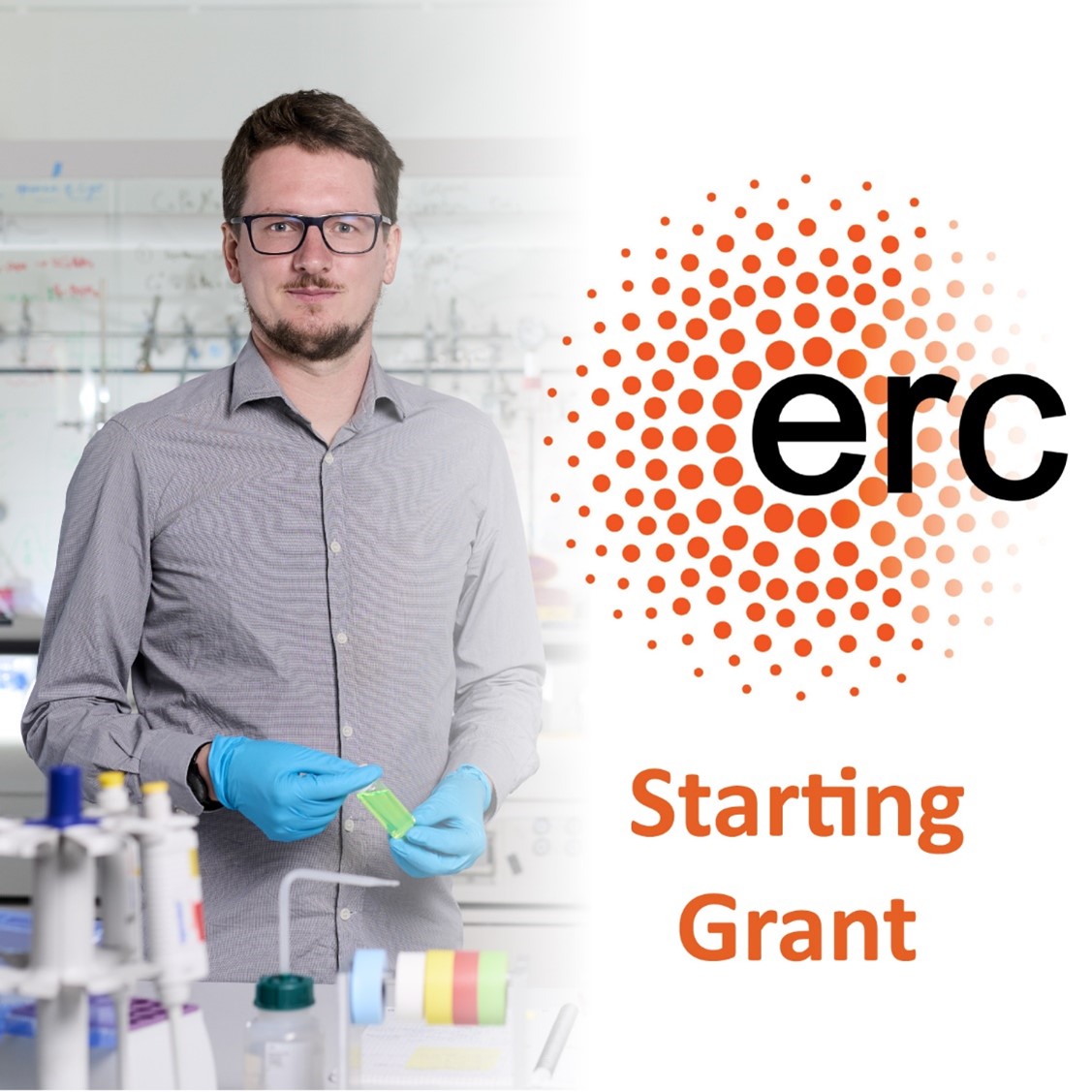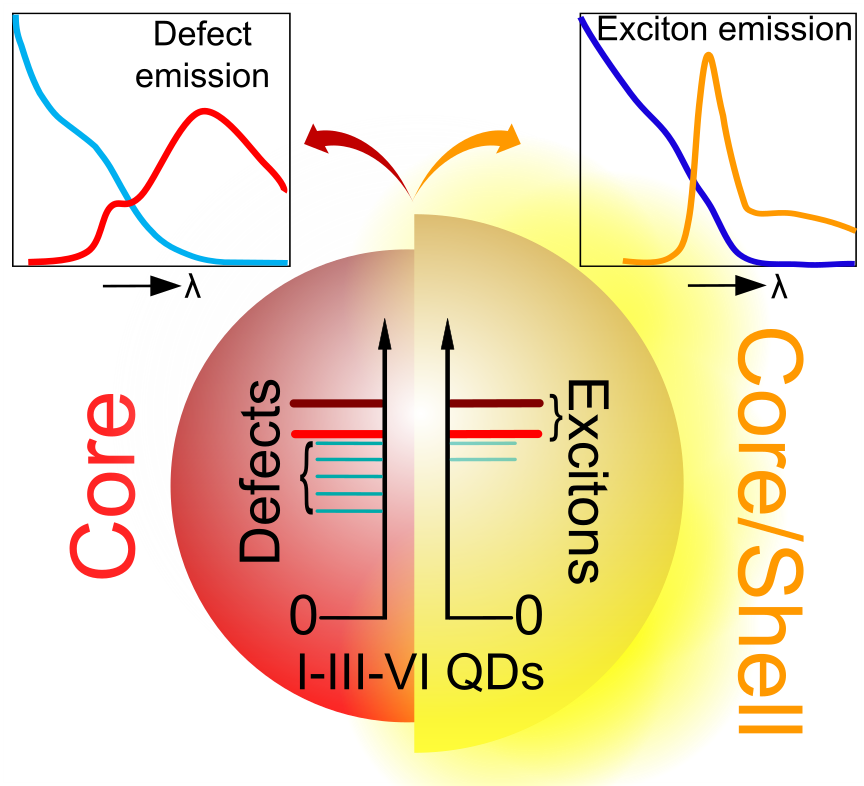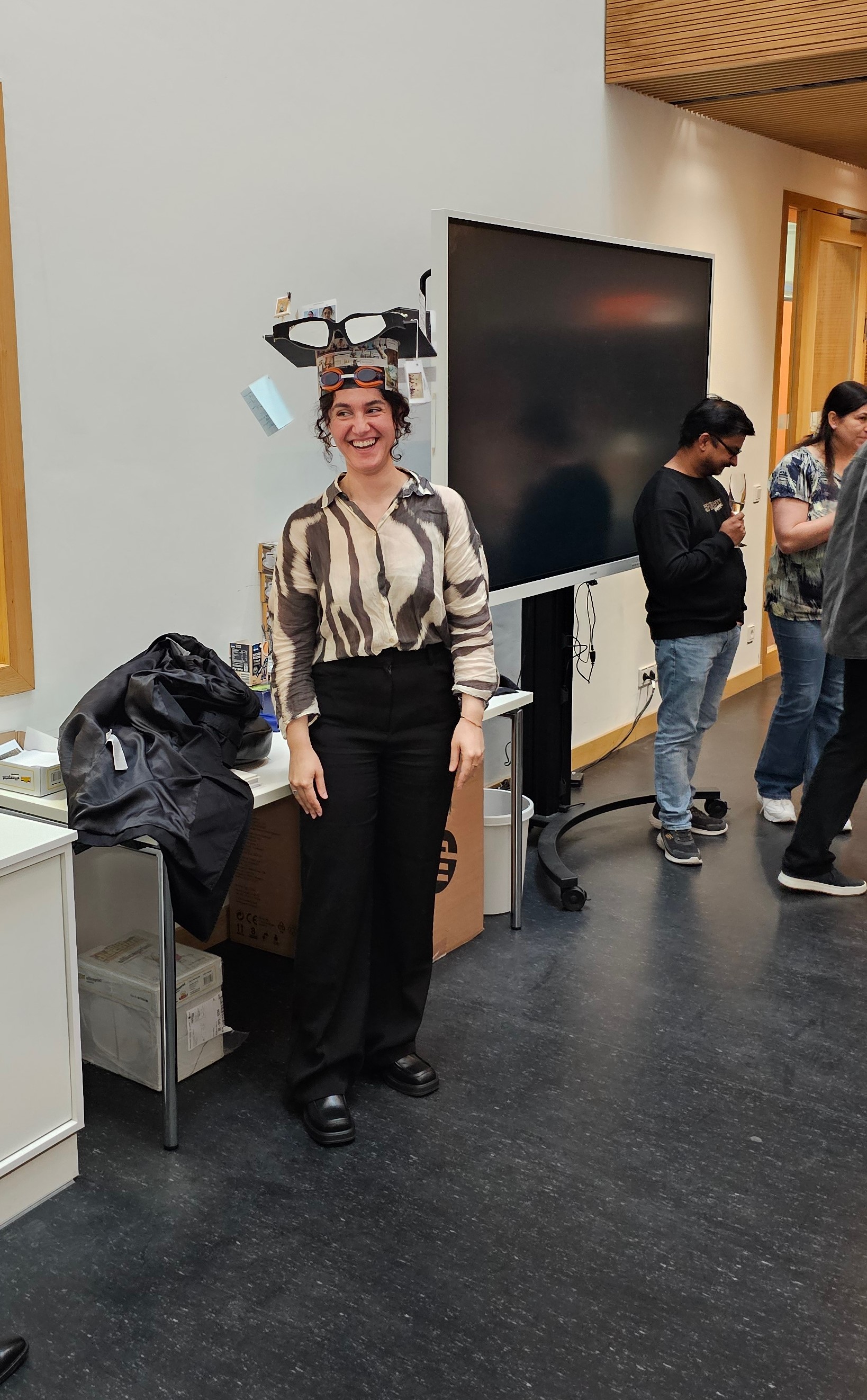Content
New cover image in the Journal
of Materials Chemistry C
04.04.2014

Our work on “Cation Exchange Synthesis and Optoelectronic Properties of Type II CdTe-Cu2-xTe Nano-heterostructures” will be featured at the inside front cover of the 7 May 2014 issue (Volume 2, Issue 17) of the Journal of Materials Chemistry C. This work is an invited contribution to Dr. Jessica Rodríguez-Fernández to the 2014 Emerging Investigators Themed Issue, which can already be accessed online.
In this manuscript we show that Cd2+/Cu+ cation exchange reactions can be used to produce heterostructured CdTe-Cu2-xTe nanorods with a type II band alignment. The optical properties of the heterostructures are governed by the excitonic and plasmonic contributions from their respective sub-units. While we find a negligible interaction between exciton and plasmon in the ground state, the electronic interaction between both sub-units is significantly affected by the high carrier density of the Cu2-xTe sub-unit. Our findings indicate that for the application of type II chalcogenide nano-heterostructures based on Cd and Cu for photoenergy conversion, a shorter Cu-based sub-unit may be advantageous, and the suppression of high carrier density within this sub-unit is of high importance.
04.04.2014

Our work on “Cation Exchange Synthesis and Optoelectronic Properties of Type II CdTe-Cu2-xTe Nano-heterostructures” will be featured at the inside front cover of the 7 May 2014 issue (Volume 2, Issue 17) of the Journal of Materials Chemistry C. This work is an invited contribution to Dr. Jessica Rodríguez-Fernández to the 2014 Emerging Investigators Themed Issue, which can already be accessed online.
In this manuscript we show that Cd2+/Cu+ cation exchange reactions can be used to produce heterostructured CdTe-Cu2-xTe nanorods with a type II band alignment. The optical properties of the heterostructures are governed by the excitonic and plasmonic contributions from their respective sub-units. While we find a negligible interaction between exciton and plasmon in the ground state, the electronic interaction between both sub-units is significantly affected by the high carrier density of the Cu2-xTe sub-unit. Our findings indicate that for the application of type II chalcogenide nano-heterostructures based on Cd and Cu for photoenergy conversion, a shorter Cu-based sub-unit may be advantageous, and the suppression of high carrier density within this sub-unit is of high importance.
Service
NEWS
08.09.2025
! Great News ! : Quinten Akkerman has been awarded an ERC Starting Grant

25.08.2025
Congratulations! Alexander-von-Humboldt Fellowship for Kushagra Gahlot
24.06.2025
Eco-friendly Quantum Dots Receive a Clean Surface and Become Brighter

23.05.2025
Congrats to Mariam for passing her PhD exam


